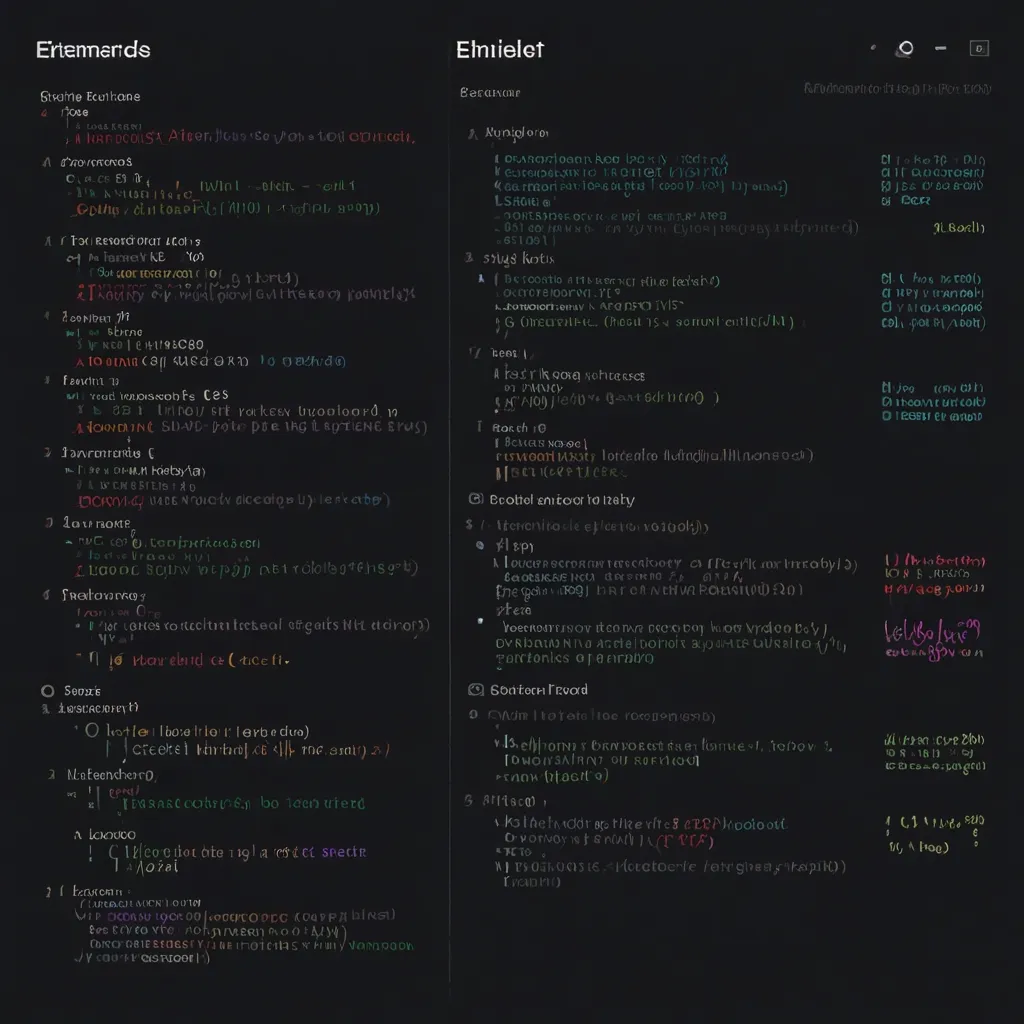Embracing the Power of Progressive Web Apps
Ever wished a website could work as smoothly as a mobile app, without the hassle of downloading and installing from an app store? Enter the world of Progressive Web Apps (PWAs). These little wonders mix the simplicity of a website with the powerful functionality of a native app, offering an experience that’s both convenient and super efficient.
The Magic Behind PWAs
PWAs are essentially beefed-up websites, using modern goodies like HTML, CSS, and JavaScript to mimic the feel of native apps. What’s really cool is that they can function offline, send you timely push notifications, and even sit prettily on your home screen just like a standard app.
What Makes PWAs Stand Out
Imagine being stuck with slow internet. Frustrating, right? One of the incredible features of PWAs is their ability to work offline or with a dodgy connection. They use something known as service workers—scripts running in the background, caching resources, and ensuring your experience remains seamless even without a stable network.
Plus, they’re fast. How fast? Twitter Lite, a PWA version of Twitter, loads in under 3 seconds on repeat visits, even on slow networks. That’s pretty snappy! Also, the ease with which PWAs can be installed is a huge plus. A couple of taps and you have them right on your home screen, ready to go, without devouring precious data and storage.
Benefits That PWAs Bring to the Table
PWAs are like the Swiss Army knife of web apps. They’re quicker, more reliable, and work seamlessly across devices, vastly improving user experience. They are also SEO-friendly, meaning search engines can index them, pushing your site higher up the visibility ladder.
Businesses save time and bucks as PWAs eliminate the need for separate native apps for different platforms. Just look at Starbucks, which saw daily active users double after rolling out their PWA. Lyft’s PWA helped users with older devices take 11% more rides compared to users of their native app.
Winning Examples in the Real-World
Some big brands have already hit the jackpot with PWAs. Twitter’s switch to Twitter Lite resulted in a 65% hike in pages per session and a 75% increase in tweets. Forbes saw a whopping 43% increase in sessions per user and a 20% boost in ad viewability after they transitioned to a PWA.
Tinder also jumped on the bandwagon with Tinder Online, its PWA version, chopping load times down from 11.9 seconds to just 4.6 seconds. This not only made users stick around longer but also caught the eye of those hesitant about downloading the full app.
Installing PWAs is a Breeze
Getting a PWA up and running on your device is pretty straightforward. For Android users, a pop-up usually appears, prompting a quick “Add to Home Screen.” If it doesn’t, you can manually install it via browser settings.
Apple’s iOS needs a slightly different approach due to Safari’s restrictions. You’d open Safari, tap the share button, and then select the “Add to Home Screen” option. Easy peasy!
Why PWAs are a Smart Choice
For businesses aiming to elevate their mobile presence without burning a hole in their pockets, PWAs are a no-brainer. They offer a snappy, trustworthy, and engaging experience across all devices, making them a versatile and cost-effective solution.
They’re also easy to find—thanks to their search engine friendliness—and offer a solid offline experience, crucial in areas with spotty internet. All of this adds up to better user retention and higher engagement.
Hurdles and Limitations
Nothing in life is perfect, and PWAs are no exception. They currently have limited access to native system features compared to traditional apps, which might be a dealbreaker for some functions. Browser support can also be a mixed bag, although this is getting better progressively.
Apple’s iOS has been hesitant in fully embracing PWAs, leading to a different user experience for iOS users compared to Android peeps. But this is changing gradually as technology moves forward.
The Future Looks Bright for PWAs
Despite a few bumps in the road, PWAs are here to stay. With web technologies constantly evolving, expect these apps to get even more powerful and jam-packed with features. Tools like Google’s Lighthouse help developers audit and refine their PWAs, ensuring they adhere to top-notch standards in performance, accessibility, and best practices.
In a nutshell, Progressive Web Apps are revolutionizing web development. They blend the best of both worlds—a website’s accessibility with an app’s functionality—creating fast, dependable, and engaging experiences that are accessible across all devices. For businesses wanting to pump up their mobile strategy without splurging on native app development, PWAs offer a smart and robust solution.
So, whether you’re looking to enhance user engagement, improve performance, or just make the web a more enjoyable place, Progressive Web Apps are your go-to tool. They could very well be the future of web applications, and getting on board means you’re already ahead of the curve.






